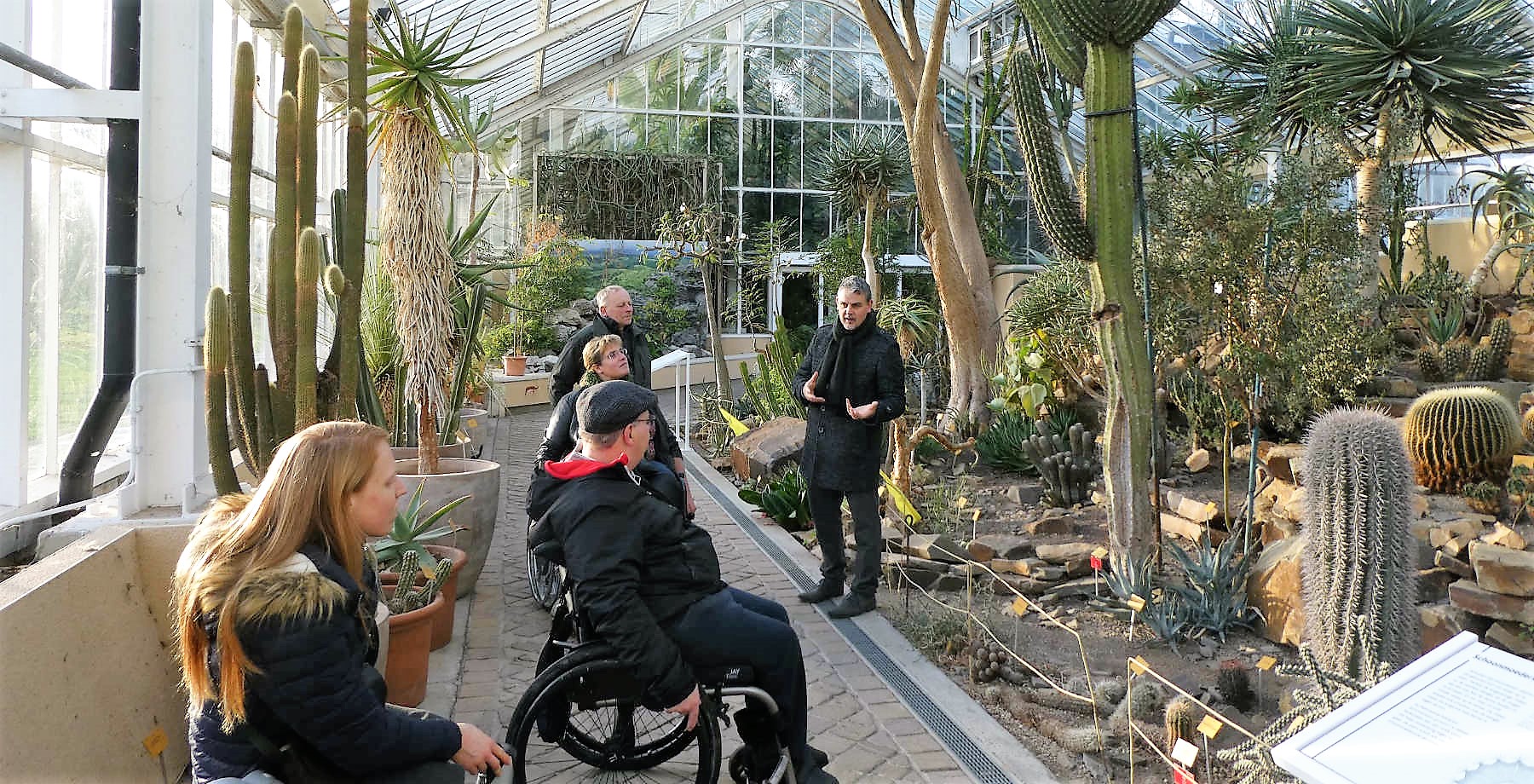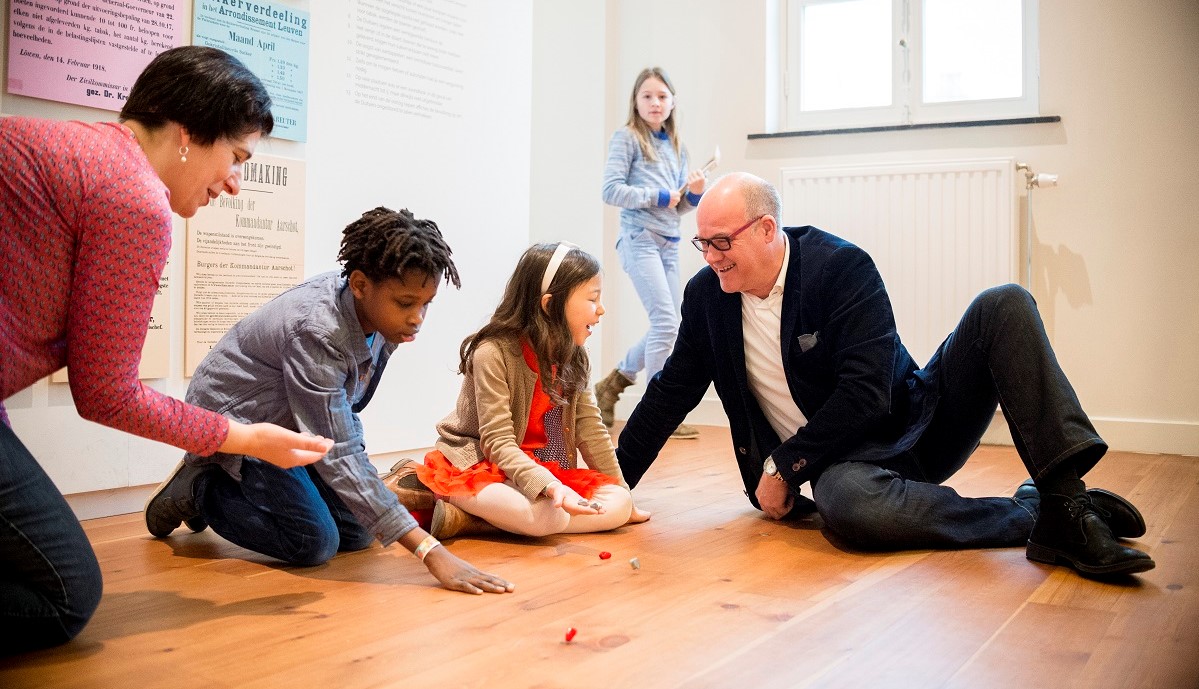- Daily & Weekly newsletters
- Buy & download The Bulletin
- Comment on our articles
Wealth of accessible tourist options open green belt up to everyone
In the past, holiday accommodations and tourist agencies never considered accessibility when developing their programmes or putting together travel ideas. Fortunately that has changed, and now there are many options for people who normally face a whole lot of challenges when trying to go on holiday.
Accessibility can be crucial for people in all kinds of situations, whether they use a wheelchair, are sight- or hearing-impaired, have intellectual disabilities or are affected by autism. What the tourist industry has realised is how simple it can be to make a few adjustments, whether that means wheelchair ramps or creating a visual step-by-step plan so people know what to expect.
Flemish Brabant, the province that completely surrounds Brussels, has put a huge amount of effort in mapping out options for visitors with needs most of us never think about. Wheelchair accessible walks are noted in its booklet Walking in Flemish Brabant, and tourist options are split up by conditions on a devoted webpage. That’s in Dutch, but many of the attractions, cycle routes and accommodations mentioned can be found back on the province’s English-language site.
Under the tagline Iedereen Toerist (Tourism for All), Flemish Brabant hooks up visitors of all abilities to activities and events. If you use a wheelchair, for instance, or need a smooth terrain for any other reason, you can still visit the 91-hectare Huizingen domain in Beersel, with its lake, forests filled with paths, sport options and mini-golf. The staff are at the ready to help people with limited mobility of all ages climb into a canoe, take to the swimming pool or ride in the tourist train.

Meise Botanic Garden, meanwhile, has a whole new look at the entrance as well as broader paths specifically for wheelchair users. The major tourist attraction has made a number of investments in making it more accessible for people with limited mobility while keeping with the demands of a protected heritage site. Stairs to the famous greenhouses have been replaced by ramps, for instance, and accessible paths have been created inside.
These are just two accessible options, but there are dozens more all around the green belt. One of Flemish Brabant’s ‘ambassadors’ – residents who share their favourite sites in the province with potential visitors – is Nicki, who uses a wheelchair.
Nicki (pictured top) – a Special Olympics medallist in equestrian events – has tested out walks, tourist attractions and nature reserves and come up with her suggestions for places not to miss. One is a trek around forests and heathlands of Oud-Heverlee, which, with wide paths and wooden walkways, is also ideal for the sight-impaired.
One of the more unique categories for accessible tourism in the green belt is autism, an often misunderstood condition. Many people with autism are not comfortable visiting new places. Aside from being unfamiliar, they can be too busy or too noisy.

So providing people with autism information about the situation onsite and letting them know what they will see and hear when they arrive is invaluable. For those who can read Dutch, very handy booklets are provided by various tourist attractions to prepare for a visit.
You’ll find out, for instance, that the installations at the 14-18 Experience Centre can produce sounds of bombing and yelling, so bringing along headphones helps to dull the noise. The booklet for the Soniën grape growers and wine cellar, meanwhile, includes photographs of exactly what visitors will see when they arrive and as they move about the tour, and of the very friendly-looking guys providing the tours.
Should visitors need accessible accommodation, you’ll find that on the Flemish Brabant website, too, from the wheelchair-friendly Mollekesberg in Herent to the B&B Rosario in Bever, a former monastery with lovely quiet spaces.
Anyone with questions about accessible tourism in Flemish Brabant can email iedereentoerist@vlaamsbrabant.be
A printed version of the booklet Walking in Flemish Brabant can also be ordered free of charge in English, German, French or Dutch. Just click on the language you want at the top right of the screen
Photos, from top: ©Jokko/Toerisme Vlaams-Brabant, courtesy Visit Flanders, ©Lander Loeckx/Toerisme Vlaams-Brabant


















